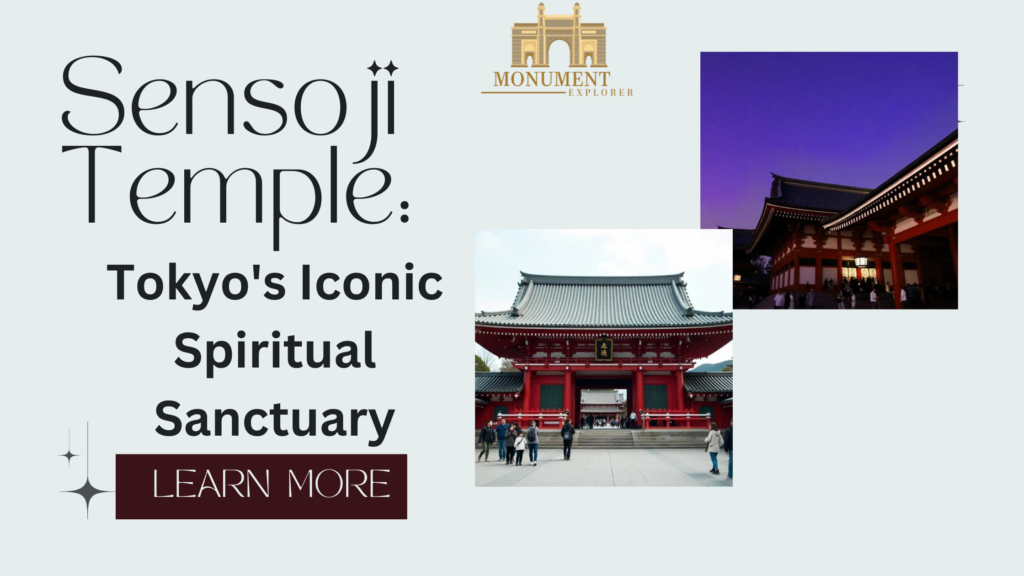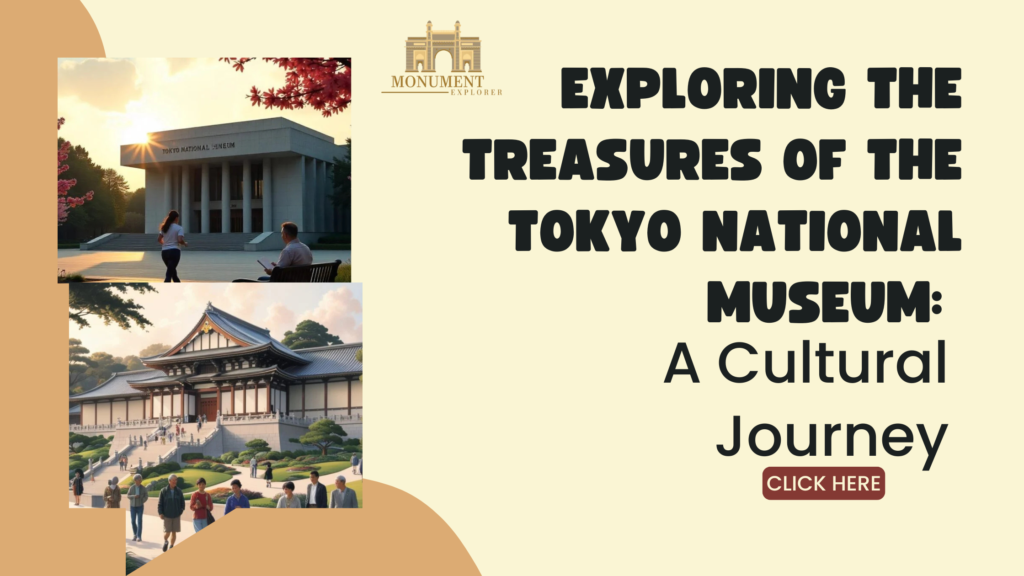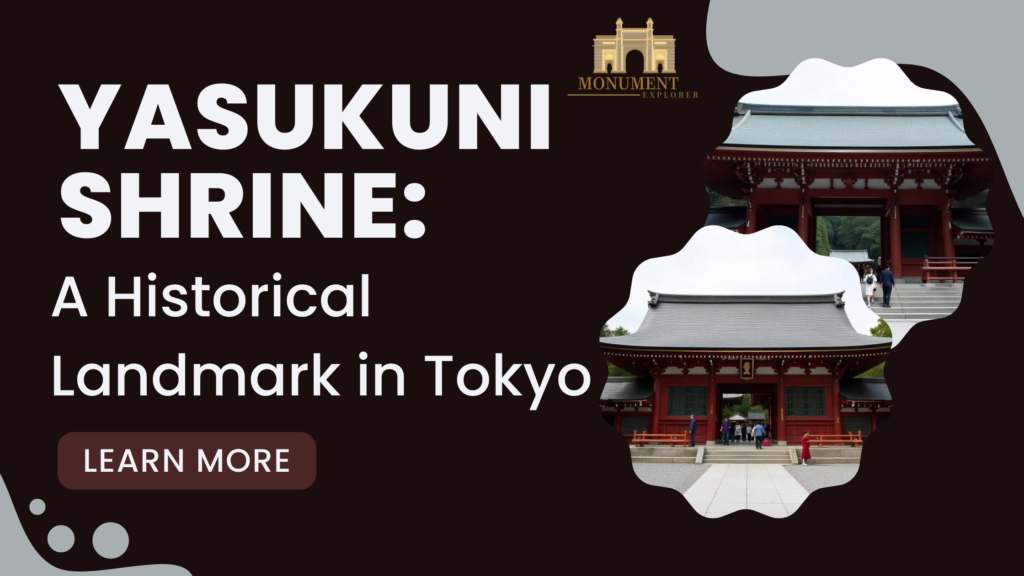Table of Contents
Introduction to Sensoji Temple
Located in the vibrant Asakusa district, Sensoji Temple is a reminder of the cultural and spiritual heritage that exists within Tokyo. Sensoji is the oldest temple in the city, having been one shrine for over a thousand years, attracting millions of visitors to this sacrosanct pilgrimage site every year. The temple was constructed in 645 AD in honor of Kannon, the Buddhist goddess of mercy.
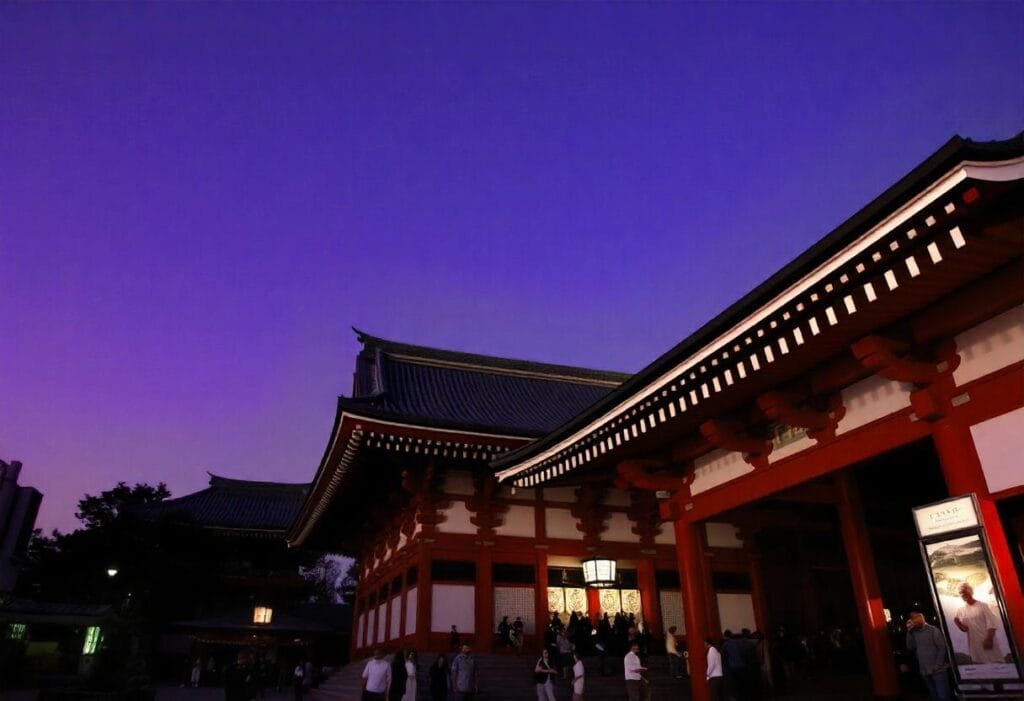
Sensoji Temple is not only a historic location, but it is an alive place full of tradition and modern life at the same time. As one passes through its grand entrance, a lively feel of the situation plus the sereneness of the temple chokes all senses and denies forgetting. Whatever your interest in history, a spiritualist, or maybe a curious traveler, Sensoji Temple indeed unfolds for you an experience of Japan’s past and its traditions.
The Majestic Architecture of Sensoji Temple
The reason why the architecture of the Sensoji Temple is labeled as great is that it incorporates standard traditional Japanese architecture. From the Kaminarimon Gate, commonly called the “Thunder Gate,” the entrance to the temple starts. This is the outermost gate for Sensoji and is usually decorated with a colossal red lantern towering three meters above. One of the most notable temple symbols of the lantern has bold characters for the kanji name “Thunder Gate”.
Proceeding through Kaminarimon, you will have to step past two very impressive guardian deity statues; Fūjin, the god of wind, and Raijin, the god of thunder. They stand out as menaces to evil spirits and remind you of the spiritual importance of Sensoji.
The main entrance to the temple is behind Kaminarimon, which is called Nakamise Street. So crowded is the shopping street with traditional stalls and stores offering snacks, local handicrafts, souvenirs, and lots more. As you walk along Nakamise, you will be trying delicious street foods like ningyo-yaki and freshly prepared senbei rice crackers and your senses come alive amidst old historic surroundings.
The main hall, known as Hondo, of Sensoji Temple is a very beautiful building. While being relatively unobtrusive in its aesthetics, the wood facade is highly decorative and presents a stunning view of an elegantly ‘ornate’ roof. Inside the temple hall, the central statue of Kannon is kept, said to be carved out from a solid block of wood. While the statue itself is not in public view, the atmosphere inside the Hondo encourages quiet reflection and a reverent mood.
Exploring the Grounds of Sensoji Temple
The Sensoji Temple grounds are a refuge from the vibrancy of the Asakusa streets. As you stroll through the temple complex you see many highlights and monuments that boost the spiritual impact.
The Asakusa Shrine
Beside the Sensoji Temple, there is the Asakusa Shrine, which was worshiped by those three men. Established to create these, one shrine well known for its peaceful atmosphere and fantastic architecture is Asakusa Shrine. Traditional Shinto elements are the details of such architecture in the shrine. In addition, people pray with desire and pay homage to the spirits of the founders in Asakusa Shrine. Japanese spirituality diversity is evident in the differences between the Buddhist Sensoji Temple and Shinto Asakusa Shrine.
Notable Lanterns and Gardens
Some of the remarkable lanterns are found in the temple compound. Such is the case with the Hōzōmon Gate, where it marks entry into the inner precinct of the temple. It is just so beautifully decorated with a pair of striking lanterns on either side, that those lanterns not only add beauty to the temple but also symbolize the relationship between the spiritual world and earth.
Further, the surrounding area of the temple is gardens, which is also a discovery area. The luxurious greenery along with well-manicured landscapes and silent pathways provide an avowedly tranquil atmosphere for the visitors. Try walking through the gardens appreciating the beauty of nature while contemplating the spiritual importance of the temple.
The Five-Story Pagoda
Another architectural feature of Sensoji Temple is the five-story pagoda erect, standing very proudly on the temple grounds. This originally 17th-century-built pagoda exemplifies the icon of Japanese architecture and religion. Motifs on every level of the pagoda are intently designed as a place where holy relics can be placed. When viewed with the background of the temple, the sight of the pagoda creates a postcard-perfect scenery ideal for photography.
Visiting Sensoji Temple: Essential Information
Here are some useful facts that’ll be quite helpful in case you decide to visit Sensoji Temple.
Location and How to Get There
The Sensoji Temple can be reached comfortably since it is located in the Asakusa district of Tokyo. It is just a walk from Asakusa Station, if you visit the temple after taking the Tokyo Metro. Different lines like the Ginza Line and Toei Asakusa Line are connected to the station, and it can be accessed conveniently from any part of the city.
Opening Hours and Admission Details
As Sensoji Temple is open throughout the year, visitors can enjoy beauty and spirituality at any time of the year. Grounds are accessible from early morning until late evening, while Hondo usually opens for the same period of worship. Admission to its grounds is free, offering anyone an even more inviting place to visit.
Tips for an Enjoyable Visit
- Visit Early or Late: To avoid crowding, one would probably need to get there early morning or late at night. This is because sunrise and sunset create beauty in the temple, making it quite suitable for some golden-hour photographs.
- Dress Respectfully: There are no strict dress codes, but dressing modestly is a proper show of respect to this sacred place.
- Engage in Ceremonies: If you want, get involved with the local ceremonies such as washing your hands in the purification fountain and making an offering at Hondo. Observing how locals interact with these ceremonies may be an added value to your visit.
Cultural Events and Festivals at Sensoji Temple
Sensoji Temple is also a center of all the cultural events and festivals that take place throughout the year. These festivals will offer the best chances for experience and enjoyment of traditional Japanese customs in a lively atmosphere.
Annual Events and Traditional Ceremonies
One of the most significant rituals observed in Sensoji Temple is the Sanja Matsuri in mid-May. The lively festival celebrates the three founders of Sensoji Temple, attracting thousands of visitors who come to enjoy vibrantly decorated processions, traditional performances, and a lively atmosphere. Every street in Asakusa fills up with taiko drums and colorful floats during the festival.
Another major festival is New Year, where there are hordes of visitors coming to the temple to receive good blessings for the year ahead. The temple glistens in all its glory and special pujas take place in the temple on New Year’s Day.
Special Activities for Visitors Throughout the Year
Sensoji Temple features various kinds of workshops, exhibitions, and cultural performances throughout the year that are open to the public. Ranging from calligraphy sessions to traditional tea ceremonies, these activities will present the spectator with loads of engaging experiences and combine them better with Japanese culture than a tour around the shopping districts alone could.
The temple organizes special hanami, or flower-viewing picnics during cherry blossom season by inviting everyone to the celebration for the beauty of blooming flowers. The lively atmosphere that exists at this time makes it so easy for visitors and locals alike to network with each other.
Check Out: Discover the Spiritual Heart of Osaka: Shitennoji Temple.
Nearby Attractions to Enhance Your Visit
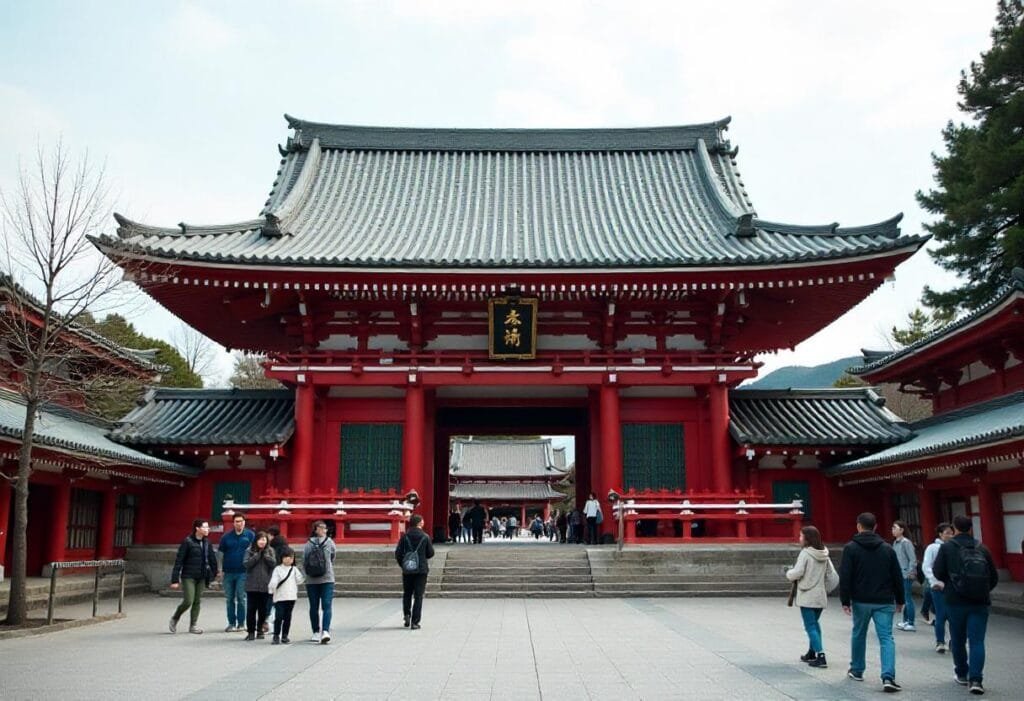
After seeing the beauty of Sensoji Temple, think about other attractions surrounding this place that would really improve your experience in Tokyo.
Tokyo Skytree
Tokyo Skytree, located a little distance from Sensoji Temple, is a symbol that offers unique views of this incredible city. Standing at 634 meters, it is the tallest structure in Japan. It has observation decks that offer the entire panoramic view over the cityscape. The tower shines with beautiful lighting in the night, making it an awesome view against the sky of Tokyo.
Asakusa Culture and Tourism Center
To learn more about the Asakusa district visit the Asakusa Culture and Tourism Center. This is a neat building with exhibits about the history and culture of Asakusa, as well as interesting facts about local attractions and festivals. You will even find an observation deck here that provides fantastic views of Sensoji Temple and its environs.
Yoyogi Park
For instance, an urban oasis can be accessed just a short drive from Yoyogi Park and offer much-needed respite from the commotion. One can walk around and just glance at nature or have a picnic amidst the beauty of this lovely park. There are lots of local live performances artists and food vendors on weekends which makes it even more lively since those visiting Sensoji Temple must be there for more than just the peacefulness.
Conclusion: The Unforgettable Experience of Sensoji Temple
Visiting Sensoji Temple is quite an enriching experience as it unveils the depth of the rich history and culture existing in Tokyo. From the beauty of its building and lively atmosphere to these unmatched festivals and cultural events, the temple promises a perfect setting that showcases tradition and modernity side by side in the heart of the city.
Whether one needs spiritual peace, experiences the beauty of nature, or gets immersed in Japanese traditions, Sensoji Temple is a place that resonates with the essence of Japan. Through its gates and history, you will see that not only is Sensoji a shrine but also a place capturing the spirit of the Japanese people.
For complete info: Click Here.
FAQs about Sensoji Temple
What is the best time to visit Sensoji Temple?
What is the best time for visiting Sensoji Temple? The best seasons for visitation are spring for cherry blossoms and autumn for foliage, though the temple actually garners focus and elicits experiences all year round.
Is there an entrance fee to visit Sensoji Temple?
Admission to its grounds is free, making Sensoji Temple open to all walks of life.
Can visitors participate in the traditional rituals at Sensoji Temple?
This is encouraged to even offer rituals, even offering and purification rituals. One can even learn from watching and interacting with these practices.

